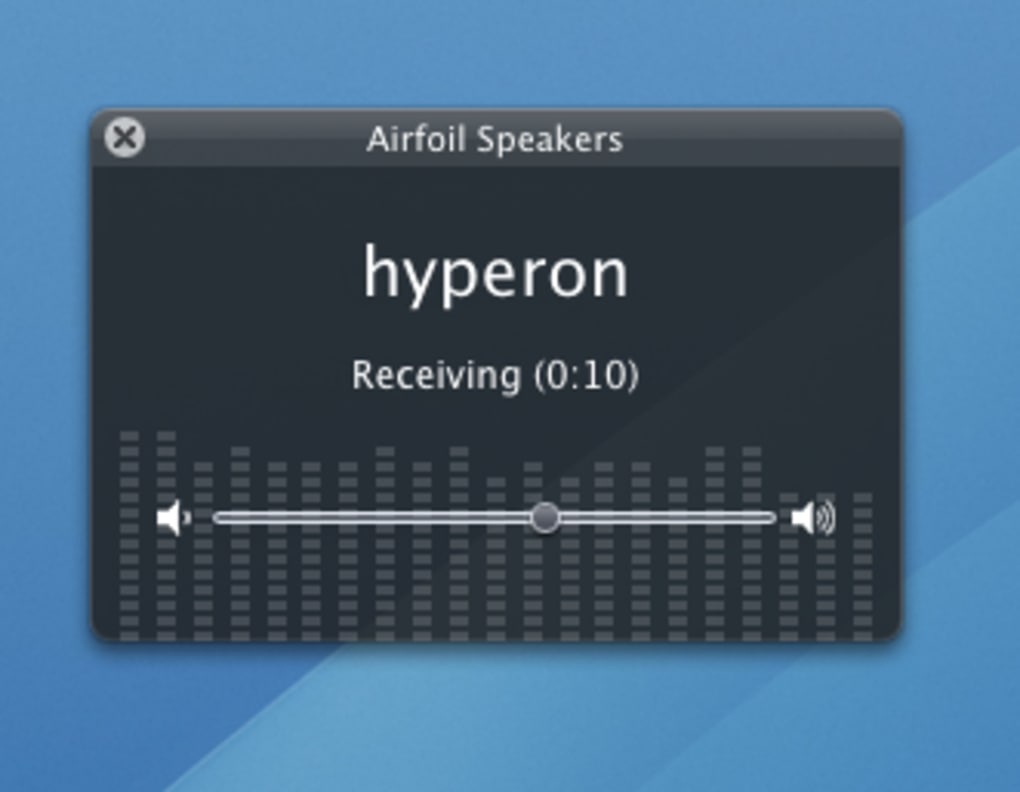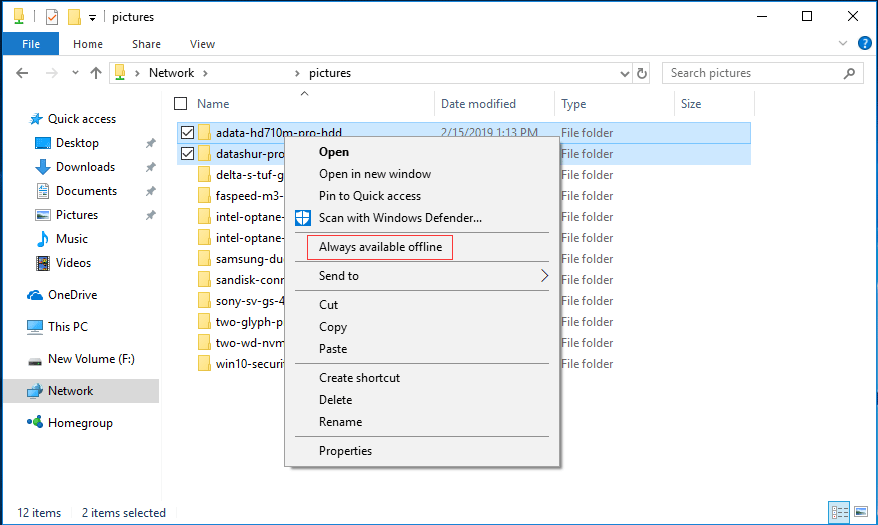
- #QT SYNC FOR WINDOWS HOW TO#
- #QT SYNC FOR WINDOWS INSTALL#
- #QT SYNC FOR WINDOWS ANDROID#
- #QT SYNC FOR WINDOWS PASSWORD#
You can customize the Azure AD sign-in page. No matter how your users signed-in earlier, you need a fully qualified domain name such as User Principal Name (UPN) or email to sign into Azure AD. You can't customize Azure AD sign-in experience. Communicate these upcoming changes to your users. If your AD FS instance is heavily customized and relies on specific customization settings in the onload.js file, verify if Azure AD can meet your current customization requirements and plan accordingly. The onload.js file can't be duplicated in Azure AD. If necessary, configuring extra claims rules. The rollback process should include converting managed domains to federated domains by using the New-MgDomainFederationConfiguration cmdlet. To plan for rollback, use the documented current federation settings and check the federation design and deployment documentation. The clients continue to function without extra configuration.Ĭonsider planning cutover of domains during off-business hours in case of rollback requirements.
#QT SYNC FOR WINDOWS PASSWORD#
These clients are immune to any password prompts resulting from the domain conversion process.
#QT SYNC FOR WINDOWS ANDROID#
Modern authentication clients (Office 2016 and Office 2013, iOS, and Android apps) use a valid refresh token to obtain new access tokens for continued access to resources instead of returning to AD FS.
#QT SYNC FOR WINDOWS HOW TO#
Proactively communicate with your users how their experience changes, when it changes, and how to gain support if they experience issues. Users who are outside the network see only the Azure AD sign-in page.

Plan communicationsĪfter migrating to cloud authentication, the user sign-in experience for accessing Microsoft 365 and other resources that are authenticated through Azure AD changes. To avoid these pitfalls, ensure that you're engaging the right stakeholders and that stakeholder roles in the project are well understood. When technology projects fail, it's typically because of mismatched expectations on impact, outcomes, and responsibilities. (Get-AdfsRelyingPartyTrust -Name "Microsoft Office 365 Identity Platform") | Export-CliXML "C:\temp\O365-RelyingPartyTrust.xml" Use Microsoft AD FS Rapid Restore Tool to restore an existing farm or create a new farm.Įxport the Microsoft 365 Identity Platform relying party trust and any associated custom claim rules you added using the following PowerShell example: Back up federation settingsĪlthough this deployment changes no other relying parties in your AD FS farm, you can back up your settings: Specifically, look for customizations in PreferredAuthenticationProtocol, federatedIdpMfaBehavior, SupportsMfa (if federatedIdpMfaBehavior isn't set), and PromptLoginBehavior. Verify any settings that might have been customized for your federation design and deployment documentation. Get-MgDomainFederationConfiguration –DomainID To find your current federation settings, run Get-MgDomainFederationConfiguration. When you step up Azure AD Connect server, it reduces the time to migrate from AD FS to the cloud authentication methods from potentially hours to minutes.
#QT SYNC FOR WINDOWS INSTALL#
Install Azure Active Directory Connect (Azure AD Connect) or upgrade to the latest version. Required rolesįor staged rollout, you need to be a Hybrid Identity Administrator on your tenant. Migration process flowīefore you begin your migration, ensure that you meet these prerequisites. To learn how to configure staged rollout, see the staged rollout interactive guide migration to cloud authentication using staged rollout in Azure AD).

We recommend using staged rollout to test before cutting over domains.


Refer to the staged rollout implementation plan to understand the supported and unsupported scenarios. Staged rollout is a great way to selectively test groups of users with cloud authentication capabilities like Azure AD Multi-Factor Authentication (MFA), Conditional Access, Identity Protection for leaked credentials, Identity Governance, and others, before cutting over your domains.


 0 kommentar(er)
0 kommentar(er)
